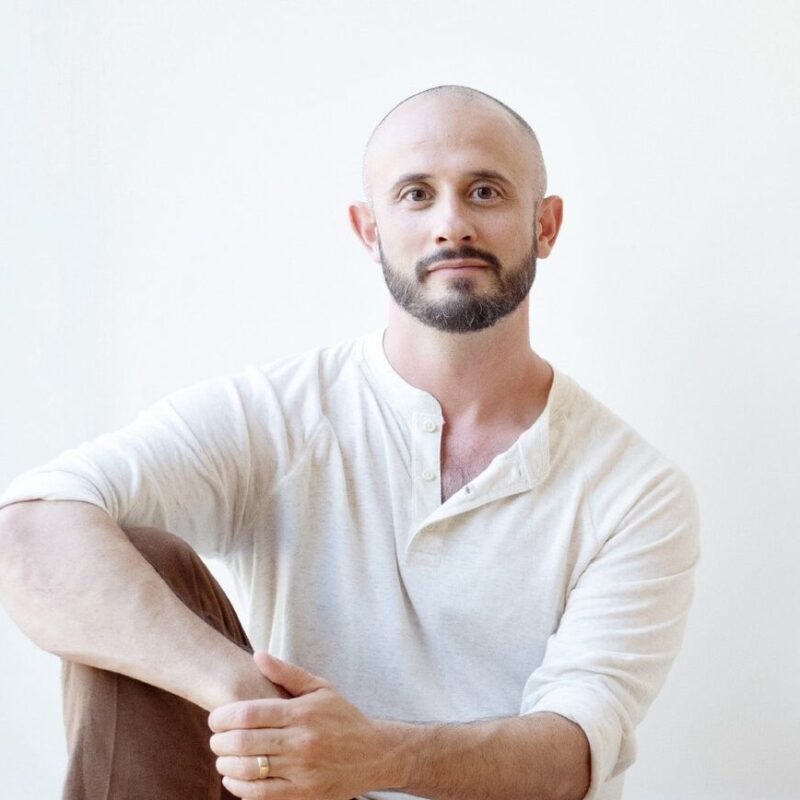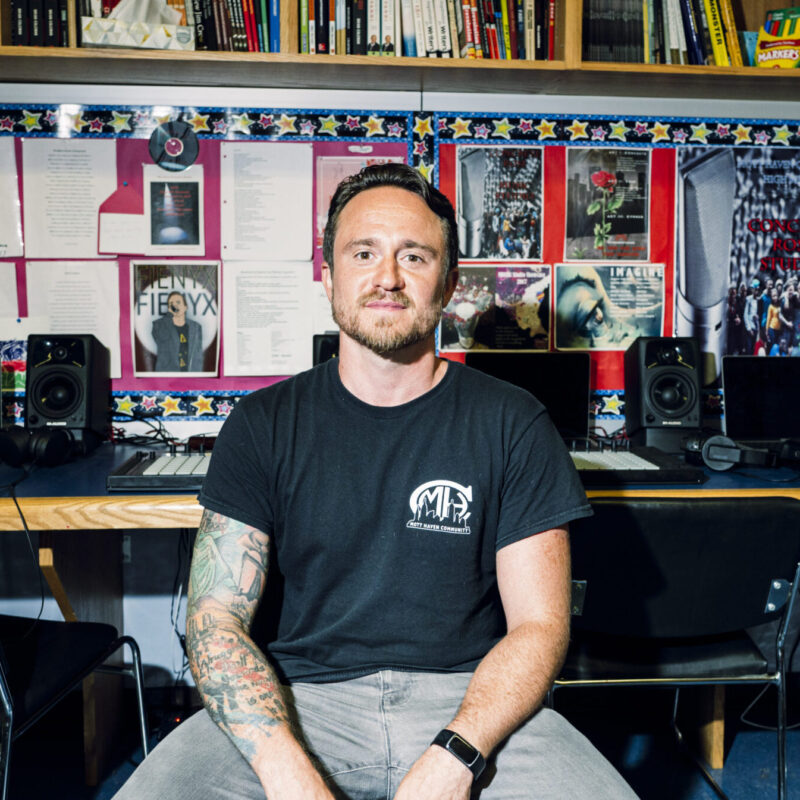By Carolina Murriel
I was afraid of starting EMDR. I didn’t understand what would actually happen during the sessions, and “eye movement desensitization and reprocessing” looked to me like a list of psych buzzwords. Term soup. It gave no hint of what the process of reprocessing looked like.
I didn’t understand what my therapist thought I could get out of it, or why she thought so. I understood it had to do with my history of trauma, but I felt like processing my triggers through talk therapy was working just fine.
But I was curious.
EMDR is a trauma treatment, explained to me as a way to create new neural pathways around traumatic memories that led to harmful core beliefs about yourself. You work with a trained professional to identify a traumatic memory from which your brain has built a negative self-belief, “reprocess” it and thus build a new, positive self-belief.
To me, this was a glittering mystery behind a dark curtain. Something that sounded made up but could maybe, possibly heal me.
So I committed to the history taking (painful), resourcing (strange), and all the prep that comes before reprocessing. Then we got started.
A little ball darted back and forth across the screen and my eyes had to diligently follow. Something about the eye movement was supposed to help my brain correct its faulty path. I had to visualize the traumatic moment and really be in it, then pause and share with my therapist what came up for me.
I wanted to share insightful realizations in the eye movement breaks. I thought the point was to learn something new about myself, to understand my past differently, to become smarter than my trauma response. I put a lot of pressure on myself to reprocess “successfully” and I worried constantly that I wasn’t doing it right, though my therapist assured me I was doing great.
Months passed and I noticed a change that I attribute to EMDR: I began to validate my feelings. My experiences, my needs, my limits. It wasn’t all the time, but increasingly often, I stopped qualifying my lived experience with shame.
It’s been years since then. In retrospect I see that what EMDR allowed me to do was hold space for my feelings, and really immerse myself in them in short, controlled bursts within a markedly safe environment. While I was doing it, I was so concerned with the intellectual aspects of the whole thing, I never thought the point could be to simply feel.
I spend so much of my life deep inside my head, thinking. Layers and layers of thoughts and memories bear down onto the cacophony of the external world, which my body navigates while my mind excavates. I think so much that I forget to feel. Sometimes it feels like I don’t know how, because all I can do is think.
I started practicing meditation to help with my overthinking – to help me be present and notice what it feels like to move through the world in my body. To shift when something’s uncomfortable, hydrate when I’m thirsty, take a deep breath when I feel sad (instead of rationalizing the endless reasons for my sadness).As I head into my second round of EMDR therapy, I see this method as a meditation: As the ball ping-pongs across the screen, my eyes will move left to right, and I will breathe. I’ll focus on the traumatic memory, and instead of scrambling to think of something smart to take away, I’ll let my body feel what it needs to feel.
Carolina Murriel is a writer, artist and journalist in New Orleans. She’s co-founder of Pizza Shark, an award-winning podcast studio working toward radical inclusivity in media. Carolina teaches trauma-informed storytelling and works with the personal essay as a healing practice. She is an alum of INELDA’s end-of-life doula training, and she is pursuing a graduate certificate from the Trauma Research Foundation.
Photo by Aamir Suhail on Unsplash



